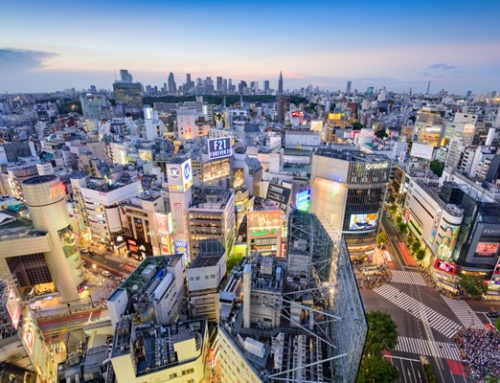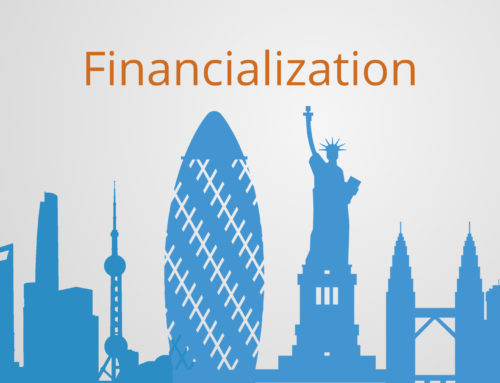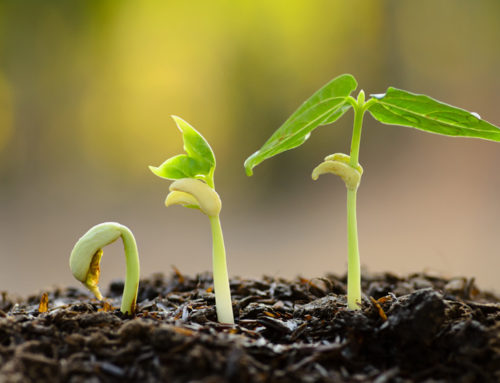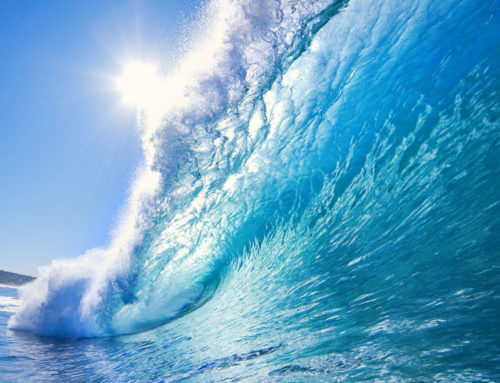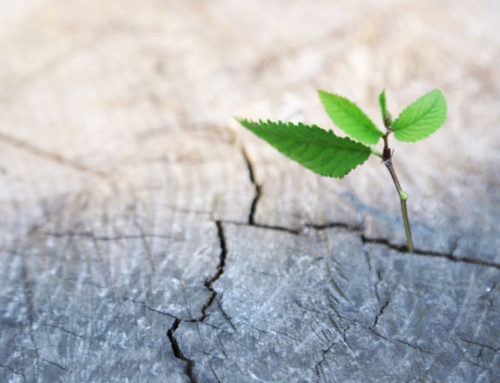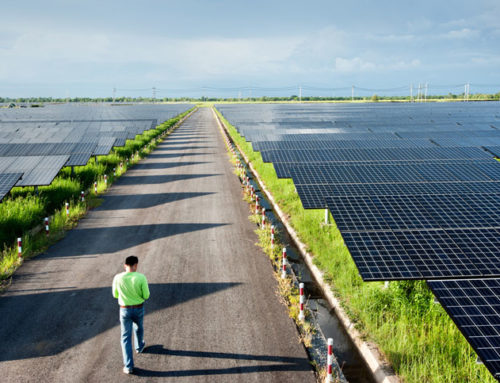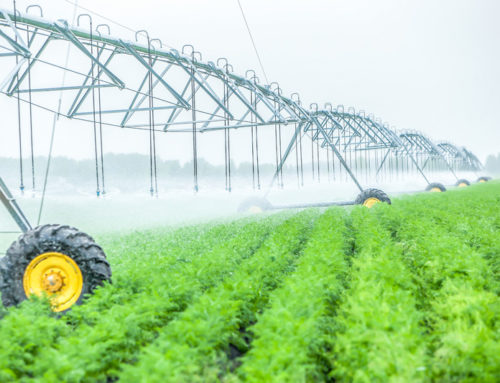The Value Of Water
Water which can easily be seen as the most valuable resource on Earth is in many places treated as if it did not have any value at all. But the scarcity of water globally - where and when it is needed - is an increasing economic reality that will likely change the nature of the value we ascribe to water in the coming decades. Global water demand is projected to grow from around 4,500 cubic kilometers in 2010 to about 6,350 cubic kilometers in 2030. This development is driven by a number of factors such a demographics but also increased water needs in emerging markets such as China and India, which will likely increase their water consumption both in their industrial sector and in the municipals. Added to this is the need to extend our formal water supply systems to the mass of people living in developing economies that still can not avail of a safe, accessible and reliable water provision system.
Reduced water availability will further intensify competition for water among users, including agriculture, maintenance of ecosystems, human settlements, industry and energy production. This will affect regional water, energy and food security, and potentially geopolitical security, prompting migration at various scales. The potential impacts on economic activity and the job market are real and possibly severe. Many developing economies are located in hotspots of water-related stress, particularly in Africa, Asia, Latin America and the Middle East. Climate change exacerbates the threats to water availability and is expected to increase the frequency, intensity and severity of extreme weather events. -U.N. World Water Development Report 2016
“We take it completely for granted and yet it is a minor miracle if you think about it, the problem is we don’t think about it, we ought to overtime we turn on our taps” - Peter Gleick Pacific Institute
Changing Supply
The public-sector and nongovernmental organizations have long dominated the debate on water policy, and this has worked to hide the value of water in many ways. We often do not even know the cost of providing it; the true number is buried under subsidies - that may be very obscure or even hidden - taxes, and the sunk costs of municipal and regional water and irrigation departments. This is nowhere more true than for water used in agriculture. But this is starting to change, as the new water context creates growing awareness to the value of water.
“Full cost recovery must be implemented for all those who today get massively subsidized municipal tap water (also to fill their swimming pools) and who can actually afford to pay. This is necessary to finance the huge amount of infrastructure required to reduce leakage losses in municipal water supplies—up to 70 percent—and to provide the financial means to extend them to those who do not have access.” -Peter Brabeck-Letmathe
Water is a very complex socio-economic issue, simply privatizing it without due consideration of this has already create many failures - the classical example being the water war in cochabamba bolivia. But within the past few decades water has gone from NGOs to social enterprises and within the last five years, a growing number of progressive private-sector companies have also started to offer their perspectives on how best to effectively manage water. As the value of water increases we will likely see it move out of the domain of public or philanthropic organizations and more into the domain of the market. Even NGOs themselves are starting to support this view. Timeyin Uwejamomere of WaterAid, says that “to achieve universal access we have to move from the ‘charity approach’ … of giving people things, towards enabling people to invest for themselves. So investing in social enterprises specifically helps to ensure sustainability of services, because they know how to keep the books, how to maintain facilities and how to communicate with customers.” Oxfam likewise now talks in these terms. “We used to set up ‘in kind’ provision, whereby we provide aid assistance”, says one of their representatives. “Whereas now we are pushing more towards a ‘cash in markets’ approach – rather than moving commodities from Europe into Africa, say, we are working on developing local markets.”
In one of their publications McKinsey & Company reported that: Closing the gap between supply and demand by deploying water productivity improvements across regions and sectors around the world could cost, by our estimate, about $50 billion to $60 billion annually over the next two decades. Private-sector companies will account for about half of this spending, government for the rest. Many of these investments yield positive returns in just three years. Making a business out of improving water efficiency won’t be easy. Successful providers will have to migrate from selling equipment and components to selling solutions aimed at helping business customers reduce their water and energy use.
Selling At The Bottom Of The Pyramid
But the reality is that water scarcity most affects those at the so called “bottom of the pyramid.” those in developing nations typically living on 8$ or less a day. Providing water to this least serviced market could be a huge leverage point in terms of overall economic development given waters intricate interconnection with almost all areas of industry and ecosystem.
The global adoption of mobile phones has proven that those of low income are prepared to buy telecommunications services if it’s provided at low prices. Individual packages of shampoo, toothpaste and Coca Cola can be found on the shelves of small stores in rural villages throughout developing nations. Products ranging from eyeglasses to car batteries are being designed and marketed to people earning $2 a day. The lesson to be learnt? It is possible to create markets at the bottom of the pyramid but, warning - it is not easy - many have failed.
On example of a water provider at the bottom of the pyramid is Sarvajal, which is a mass-market drinking water micro-franchise system launched by Piramal Water, an initiation from the Piramal Foundation. A decentralized filtration system allows for low-cost and extensive distribution of clean water. Anand Shah is the CEO of Sarvajal. He and four other social entrepreneurs launched the enterprise in 2008 to provide clean drinking water to rural Indian villages and significantly improve rural health. The goal is to build a viable, scalable business that benefits the community and organically spreads throughout the country to ensure affordable clean water for all. They further support the efforts by using cutting edge technologies for tracking water production and quality in real-time, controlling filtration operations remotely, identifying and diagnosing potential maintenance issues before they arise.
Sarvajal also markets a Water ATM which allows customers to buy a discrete quantity of water on a pay-as-you-go basis, which is well suited to the needs of villagers who don’t need or can’t afford large quantities of water in one purchase. Sarvajal’s micro-plant network allows for the flexible management of water distribution. Each franchise can adapt to its specific environment. Moreover, the franchises are owned by community members, who better understand the needs of the place where they are located. A franchise system also helps to maintain a certain quality level among all micro-plants.
“Finding mechanism in which this opportunity of the scarcity value of water become reflected in the decisions people make, this for me is the fundamental challenge.” - John Briscoe Pro. Harvard
Conclusion
Water systems are at the end of the day very much a local phenomena due to the very nature of water. Different economies around the world are facing the water crisis in very different ways and require different solutions. From aging inefficient infrastructure in developed economies which need to be upgraded and refitted with information technology. To the previously discussed need within developing economies to flesh out their basic water provision infrastructure, while almost all will be likely feeling the effects of climate change.
Even in developed nations there is significant opportunity. The Bloomberg World Water Index, which tracks 11 utilities, has returned 35% to investors every year since 2003, this is compared to 10% for the S&P 500 Index and 29% for the oil and gas industry. While Jeffrey Immelt GE’s Chairman said the scarcity of clean water around the world will more than double GE’s revenue from water purification and treatment by 2010—to a total of $5 billion, prompting him to say “This will be a big and growing market for a long time.”

